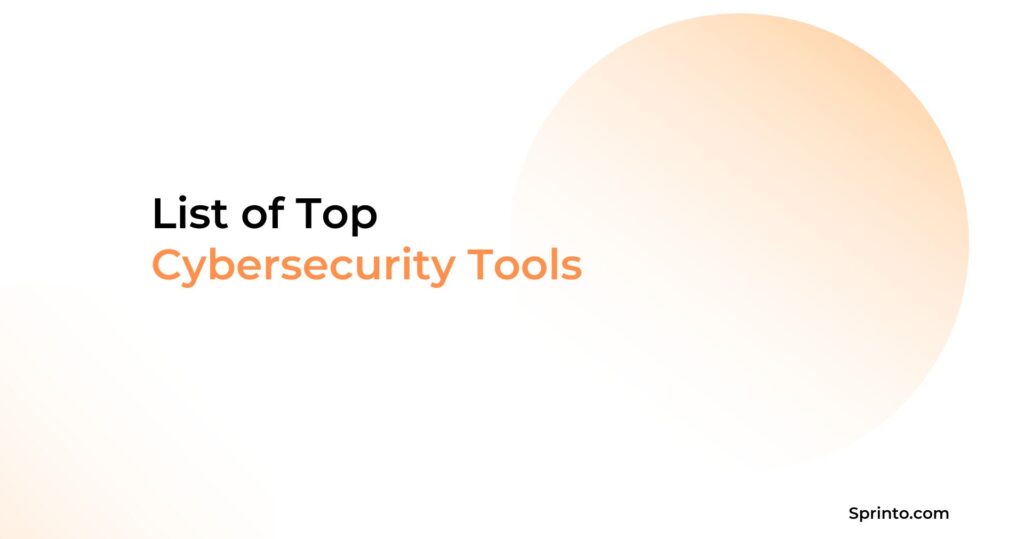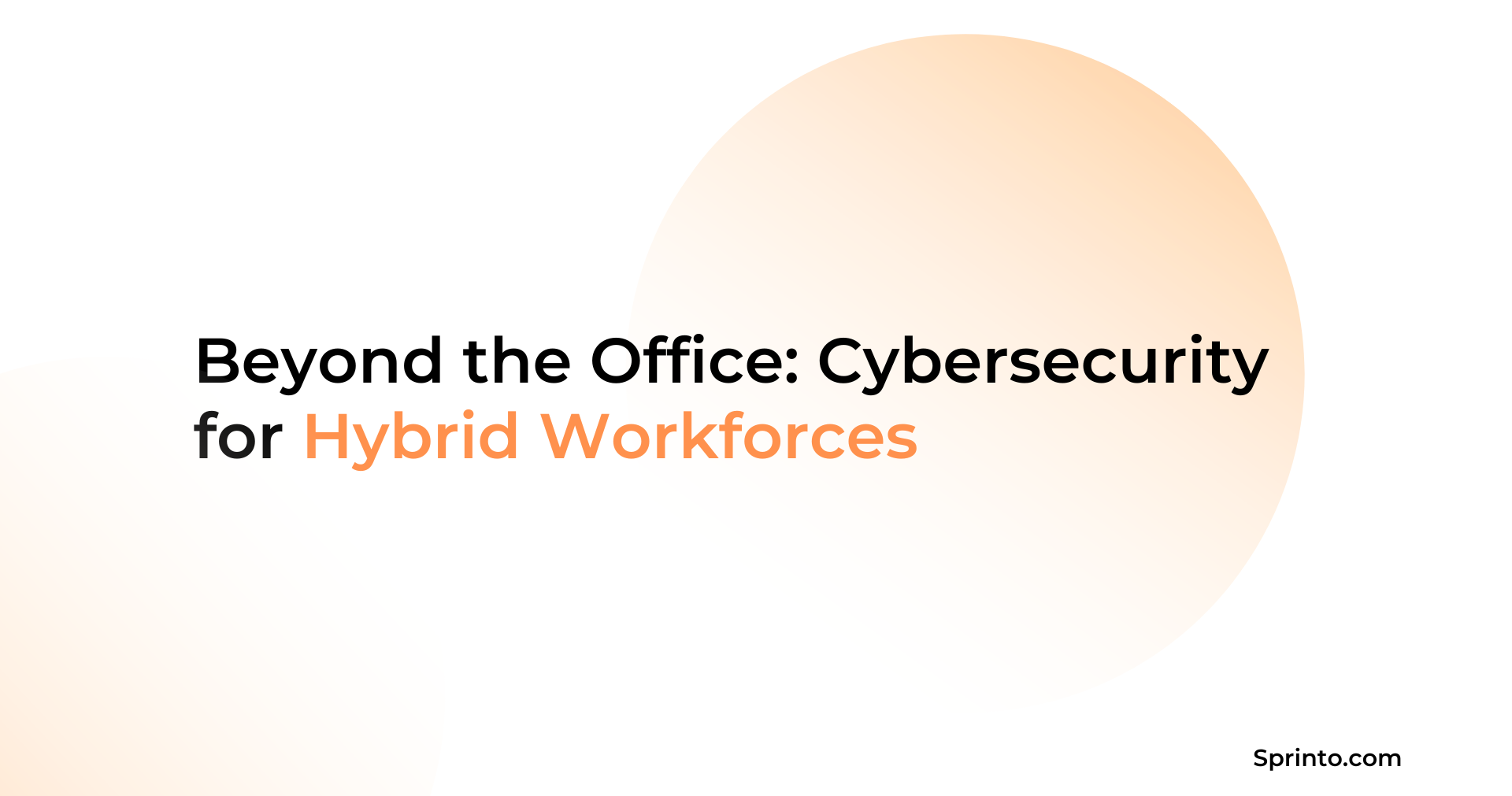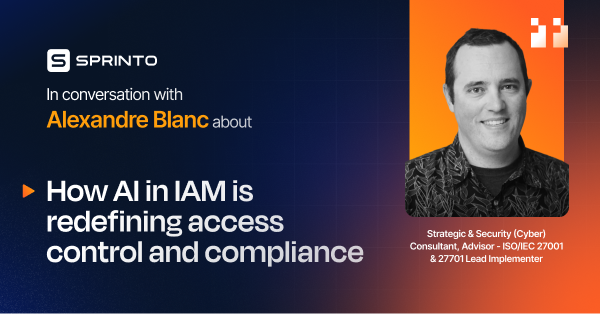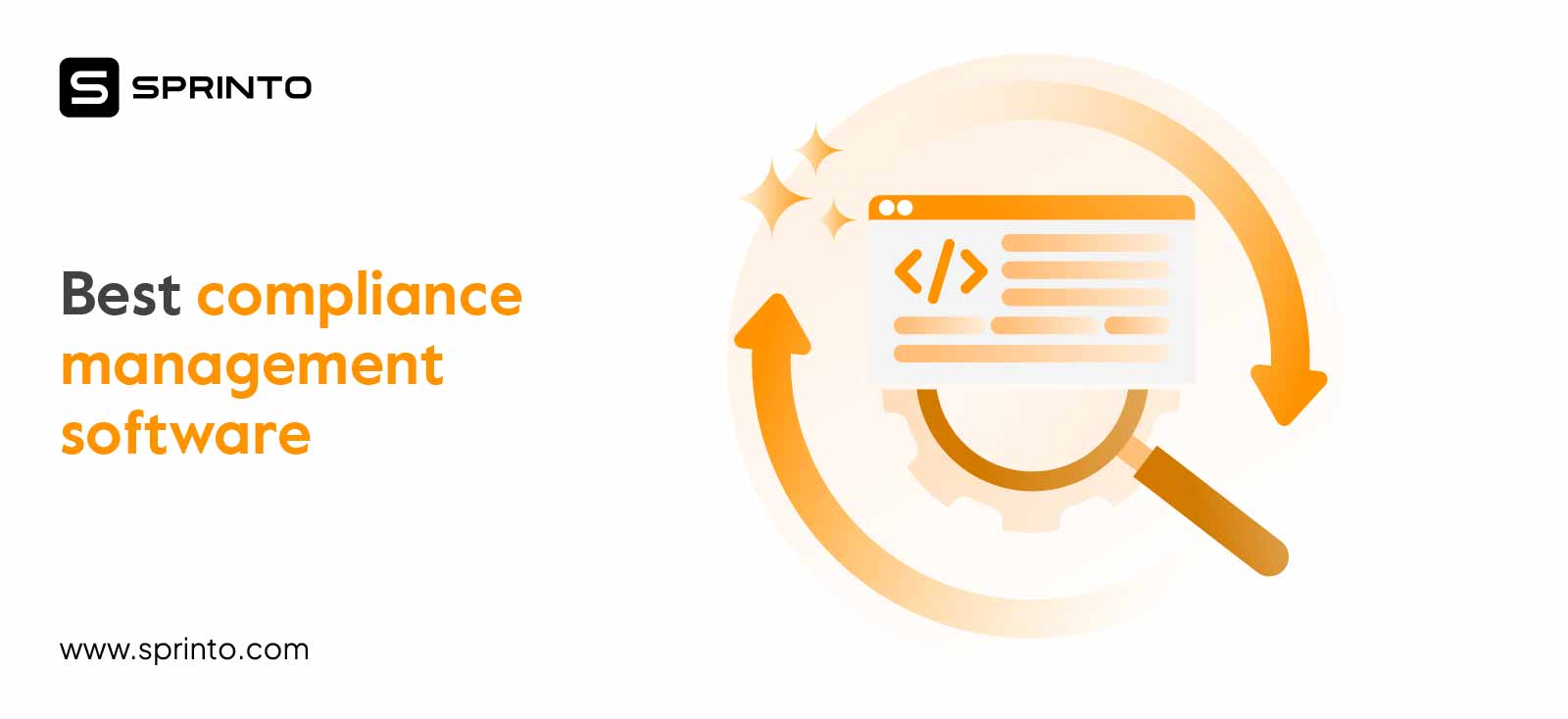Compliance Training: Essential Skills for Regulatory Adherence
Pansy
Oct 09, 2024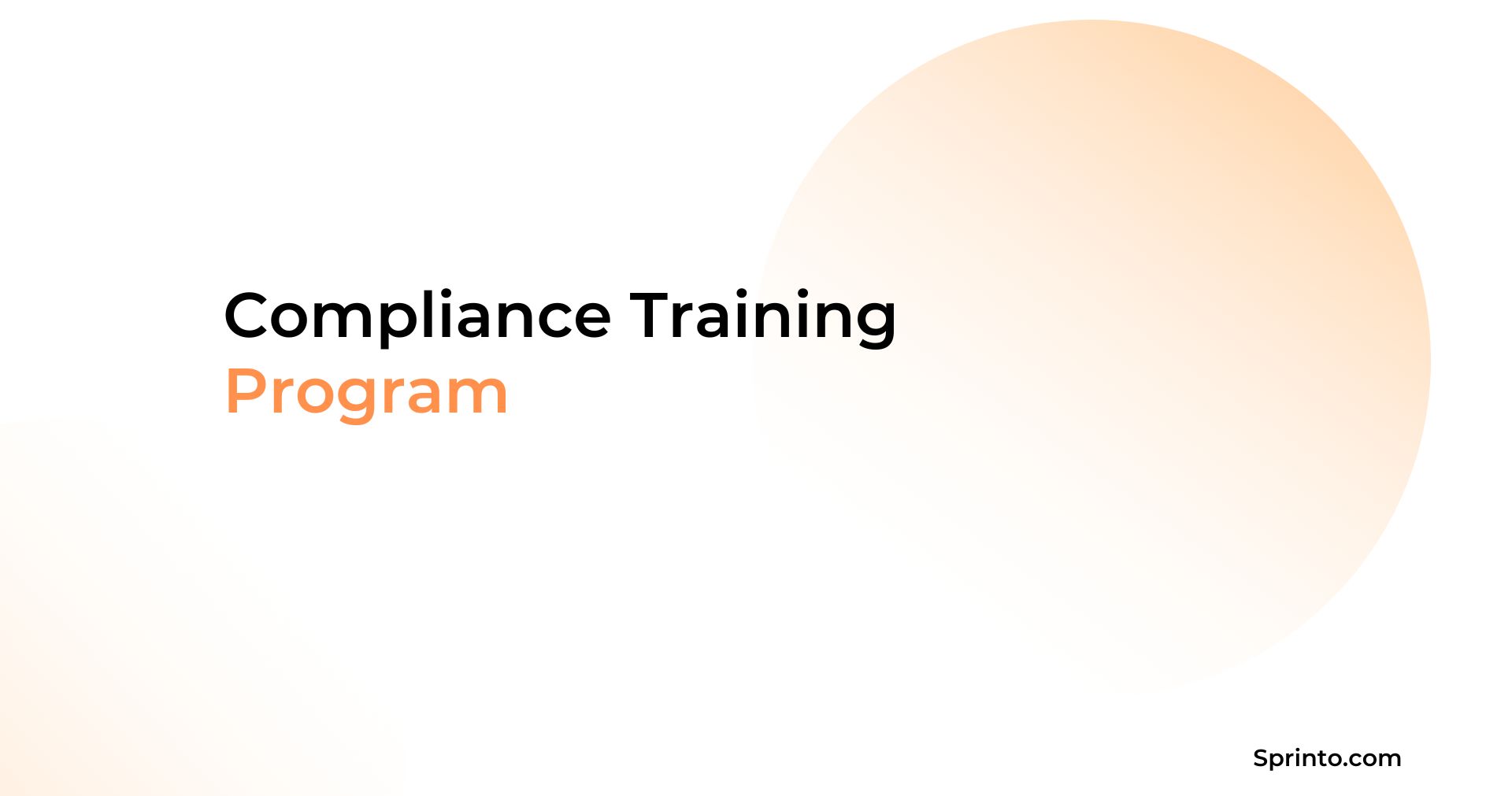
Regulations are constantly changing. One of the biggest challenges that companies face while adapting to the evolving regulatory and compliance landscape is ensuring that employees are well-informed about regulations and policies.
However, most companies still see this as a checkbox item rather than a proactive approach towards security. Needless to say, this method can cost millions (even billions sometimes).
In this article, we explore the steps involved in creating an actionable compliance training strategy along with an operational flowchart to help you navigate business objectives.
| TL;DR A strong compliance strategy should align with business objectives and use a mix of training methods, including scenario-based learning. Compliance training is crucial for legal protection, fostering ethical behavior, and building trust with customers. Important types of compliance training include data protection and infosec, social engineering, network & device security, incidence response, etc. |
What is compliance training?
Compliance training is the process of educating your employees about regulatory laws, industry standards, company policies, and procedures that apply to their job roles and workplace. Companies typically create a comprehensive training module to protect the organization from legal risks, ensure ethical business practices, and maintain a safe and respectful workplace.
Compliance training for employees can be conducted using in-person workshops, online courses, video tutorials, printed materials, interactive sessions, etc. These sessions are usually mandatory for employees and may involve individual assessments to verify understanding.
How to build a compliance training Process?
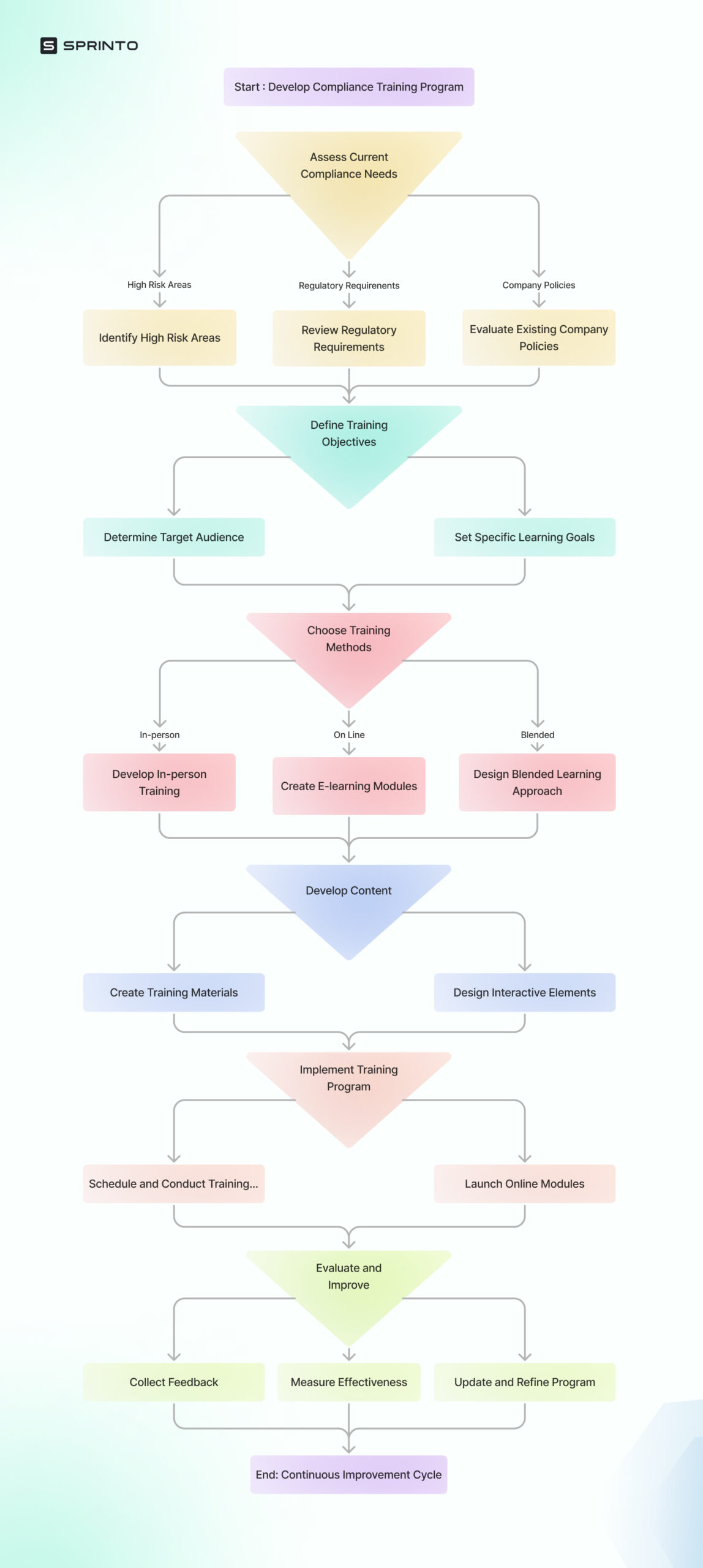
Building a compliance training program involves strategically planning out nuances personalized for your organization’s requirements and deciding on the appropriate method of training. The strategy would also require constant monitoring and improvement to keep it updated.
Here are six steps to effectively carry out compliance training.
1. Assess current compliance needs
Begin by conducting a comprehensive risk assessment to identify high-risk areas within your organization. A useful tool for this is a heat map, which can visually represent risks based on their likelihood and potential impact.

Next, applicable industry-specific compliance standards and regulations to ensure your assessment is thorough and up-to-date. It’s worth noting that in 2023, GDPR fines increased by 168% compared to 2022, according to DLA Piper, highlighting the importance of staying current with regulatory changes.
Evaluate your existing policies for gaps and alignment with current compliance requirements, creating or updating policies as necessary to address identified risks and ensure regulatory alignment.
Additionally, analyze past compliance incidents within your organization. Create a detailed record of these incidents, their causes, and outcomes to inform your training focus.
2. Define training objectives
When defining your training objectives, start by segmenting your audience based on their roles and risk exposure. For instance, you might create separate tracks for managers, front-line employees, and C-suite executives, ensuring that each group receives training tailored to their specific needs and responsibilities.
Tip:
Set SMART (Specific, Measurable, Achievable, Relevant, Time-bound) goals for your training program.
An example of a SMART goal could be: “Reduce compliance violations by 30% within 6 months of training completion.” This approach provides a clear target and timeline for measuring the effectiveness of your program.
3. Choose training methods
In selecting training methods, consider a mix of approaches to cater to different learning styles. According to the Brandon Hall Group, 72% of organizations believe blended learning is the most effective approach. This could involve combining in-person workshops, online modules, and interactive simulations.
Leverage technology for scalable solutions with built-in security training modules to track completion rates and quiz scores. This not only makes administration easier but also provides valuable data for assessing the program’s effectiveness.
4. Develop content
Consider two approaches for creating high-quality, scenario-based compliance training materials:
a) In-house development: If you have the internal expertise, create 3-5 realistic scenarios for each major compliance training type. These should reflect real-life situations your employees may encounter, allowing them to practice applying their knowledge in a low-risk environment.
b) External expertise: If in-house resources are limited or specialized knowledge is required, consider:
- Outsourcing content production to compliance training specialists
- Hiring consultants with industry-specific expertise to develop or review materials
- Purchasing pre-made, customizable compliance training modules from reputable providers
Sprinto’s app streamlines employee training and compliance. You can:
- Upload custom training materials or use built-in modules.
- Assess staff knowledge using pre-made or tailored tests.
- Target specific groups for training sessions.
This flexible approach allows you to create a training and awareness program that aligns with your company’s unique requirements and compliance obligations.
5. Implement training program
Targeting employee engagement while launching a training program might be a challenge here. Hence, you need to start with an aggressive communication campaign to maximize engagement.
Consider using slogans or tags and celebrating employees who have completed training to keep people motivated and create a buzz. Make it clear when the deadline will be for all training to be completed and generate automatic reminders.
Girish Redekar, CEO of Sprinto, said in a webinar, “If you as a Founder finished a security awareness training, it is a good idea to post it on your ‘General’ slack channel to set the train for everybody to understand its importance.”
6. Evaluate and improve
For evaluation, consider using Kirkpatrick’s Four-Level Training Evaluation Model, which assesses reaction, learning, behavior, completion rates, and results. Conduct pre- and post-training assessments to measure knowledge gain and ensure there are no gaps.
Since industry standards keep on updating their content and requirements, your training modules need to be improved accordingly. Another way of improvement would be to gather feedback from employees and managers.
Furthermore, ask your legal team to quarterly review the training materials so you don’t miss out on anything.
What types of compliance training your compliance program should contain?
The eight most important types for your employees to educate them about cybersecurity compliance include:
1. Ethics training
Ethics training teaches employees about the integrity of your culture and how to make responsible decisions. It delves into issues like conflict of interest, whistleblowing, and ethical use of company resources.
For example, one may learn how to deal with situations whereby a supplier offers gifts or report unethical behavior. This forms the nucleus of all the compliance frameworks such as COSO and COBIT, which prevent inside threats from creeping into the organization and damage corporate reputation.
2. Data protection and information security
This training includes regulations such as GDPR, CCPA, and HIPAA. Employees will be trained on how to handle sensitive information, classify information, and dispose of data safely.
For example, if you’re in the healthcare industry, your employees must be informed about protecting patient files or ePHIs (Private Health Information) to avoid HIPAA violations.
Furthermore, other frameworks, like ISO 27001 and NIST Cybersecurity Framework, give much importance to data protection and information.
3. Phishing and social engineering
In the phishing and social engineering training modules, employees are made aware of the manipulative methodologies used by cybercriminals and hackers. This includes phishing through e-mails, baiting schemes, and pretexting.
You can conduct exercises through simulated phishing attacks and reporting procedures. These are important for common industry standards, especially PCI DSS, and must be part of any security-aware training program.
4. Device security
Training in device security should include appropriate use of both company-issued and personally owned devices for work. Important topics are mobile device management, a secure implementation of the practices surrounding BYOD, and physical security of the device.
Device security training also includes knowing how to encrypt portable storage, ensuring software is kept up to date, among other training.
5. Network security
Network security training ensures proper usage of the corporate networks, including Wi-Fi security, VPN usage, and others, all for the purpose of allowing the staff members to work in remote locations.
It includes knowledge of identifying an unsecured network, proper utilization of guest Wi-Fi, hazards from a public hotspot, and more.
Training your employees on network security is no doubt inevitable, especially if your organization works on a remote setting and would indeed be supported by standards such as CIS Controls and NIST guidelines.
6. Secure software development methods
Software development training would specifically target development teams and aim to promote best practices in secure coding, testing methodologies, and integrating security within the development lifecycle.
In this training, developers are educated on common cyber vulnerabilities such as SQL injection and cross-site scripting and learn how to prevent them.
7. Incidence response
Incident response can be regarded as a building block of a proactive workforce in anticipation of cybersecurity breaches. It focuses on training in the detection, reporting, and response system through addressing roles of employees in the incident response plan, communication protocols when a breach occurs, and measures to reduce damage.
8. Framework-specific training
For some organizations, a more industry-specific approach for compliance training would be fitting especially during a compliance process with regulatory frameworks.
For example, employees working in a financial services organization should learn the PCI DSS requirements, whereas government contractors will learn about CMMC compliance.
Built-in security training modules to fastrack compliance
Why is compliance training important for organizations?
The importance of compliance training is that it provides a standardized process for employers to communicate regulatory prerequisites to employees. It provides security awareness required for business operations so that employees know what should or should not be done.
The five main benefits of compliance training include:
1. Supports legal protection & risk management
Training your employees on legal regulations protect your business against violations, fines, and lawsuits. It demonstrates due diligence, which can serve as a legal defense if issues arise.
2. Promotes ethical business culture
When employees understand and adhere to ethical standards, your culture reflects consistent and value-driven decision-making.
3. Ensures financial stability & customer trust
A commitment to compliance builds customer confidence, particularly in handling sensitive information. This trust leads to improved client relationships, retention, and potentially increased business opportunities.
4. Improves competitiveness in the market
The employees are empowered with updated knowledge that will help them to make well-informed decisions within the complex regulatory environments. Within very regulated industries, for instance, this adaptability may be the difference between winning or losing a contract or a partnership.
5. Enhance operational efficiency and safety
It addresses workplace safety as it reduces incidents and creates a more secure work environment. The standardization involved minimizes errors and improves overall efficiency.
What are the challenges involved in compliance training for employees?
Sometimes, compliance training can feel like an uphill battle for business owners and HR. Here are some of the real problems they face:
1. Employees find it unengaging
Let’s be honest—most employees see compliance training as a boring exercise. It’s hard to stay focused when it feels like you’re just clicking through slides. HR tries to spice it up, but it’s tough to make policies exciting.
2. Employees are busy
Carving out hours for compliance training feels like an unnecessary tasks for some employees because of work overload. Employees rush through it just to tick the box, while task-owners may worry about lost work hours.
3. Too much information
The training slides may dump a lot of information on employees, but they only remember bits and pieces. Trying to recall what they actually need when it matters? That’s a different story.
4. Resistance to new rules
Some employees, especially those who’ve been around for a while, think the new rules don’t apply to them. They’ll say, “We’ve been doing fine without this!” HR has to deal with eye rolls and pushback.
5. It’s irrelevant to their job
Many employees sit through hours of training that don’t even apply to their daily tasks. They zone out, and by the end, they’re frustrated and checked out.
How much does security training for compliance cost?
The cost of security training for compliance can vary significantly depending on the type of training and the size of the organization. Generally, for compliance-related security training, prices can range from $25 to $15,000 per session.
Factors that influence these costs include the number of employees, the complexity of the training content, and the use of external vendors versus in-house resources.
For example, SOC 2 compliance often requires security training for staff, which can cost up to $15,000 per session. This is in addition to other costs associated with compliance such as audit fees and readiness assessments.
Moving ahead: Compliance training with automation
Using technology for compliance training makes the entire process smoother and faster. Automation helps eliminate manual tasks like scheduling, reminding, and tracking, freeing up HR’s time. It also ensures that employees complete their training on time and helps businesses maintain evidence of compliance effortlessly.
Sprinto goes further by integrating security training directly into your compliance workflows. It lets businesses tailor training modules to specific frameworks—like SOC 2 or ISO 27001—and roles, automating reminders and tracking progress.
Everything is logged, so audits are stress-free, with clear proof of employee participation and understanding. Integration with platforms like KnowBe4 adds depth by offering specialized training options, all tracked within Sprinto’s platform for a seamless experience.
In short, Sprinto transforms compliance training into a streamlined, automated process that adapts to your business needs, ensuring no one slips through the cracks.
Get a wingman for your training tasks
Frequently asked questions
1. What is the best type of compliance training for employees?
The best type of compliance training is tailored to your organization’s specific needs and risks. A blended approach that combines online modules, interactive workshops, and scenario-based learning often yields the best results. This mix caters to different learning styles and allows for both self-paced study and collaborative problem-solving.
2. What is a basic level of training for compliance?
A basic level of compliance training should cover the fundamental areas relevant to all employees, regardless of their role. This typically includes:
- An overview of the company’s code of conduct
- Basic data protection and privacy practices
- Workplace safety guidelines
- Anti-harassment and discrimination policies
- Information security awareness
- Ethics and integrity in the workplace
3. How do you get employees to complete their compliance training?
Clearly communicate the importance and relevance of the training to employees’ roles and set reasonable deadlines and send reminders. Make the training easily accessible, preferably through a user-friendly online platform. You can also incorporate the training into performance reviews or tie it to other incentives
4. How to make compliance training interesting?
Use a mix of engaging methods to capture and maintain employee attention. Incorporate storytelling with real-world scenarios that employees can relate to. Leverage interactive elements like quizzes, role-playing exercises, and decision-making simulations to actively involve participants. Break content into bite-sized, easily digestible modules and use diverse media formats such as videos and infographics.


Use Sprinto to centralize security compliance management – so nothing
gets in the way of your moving up and winning big.









